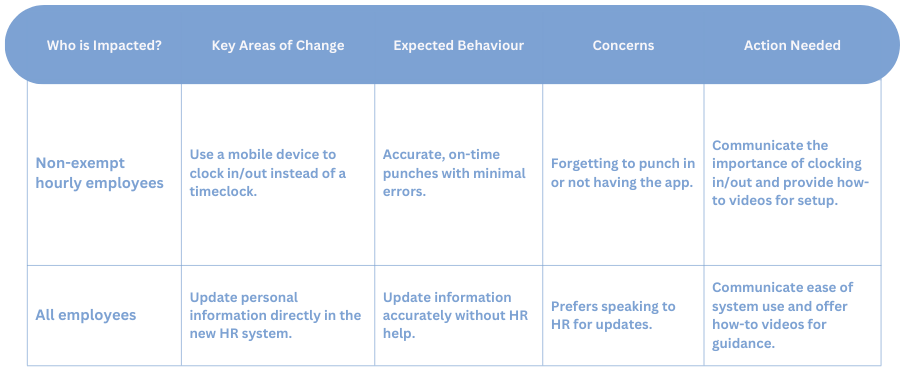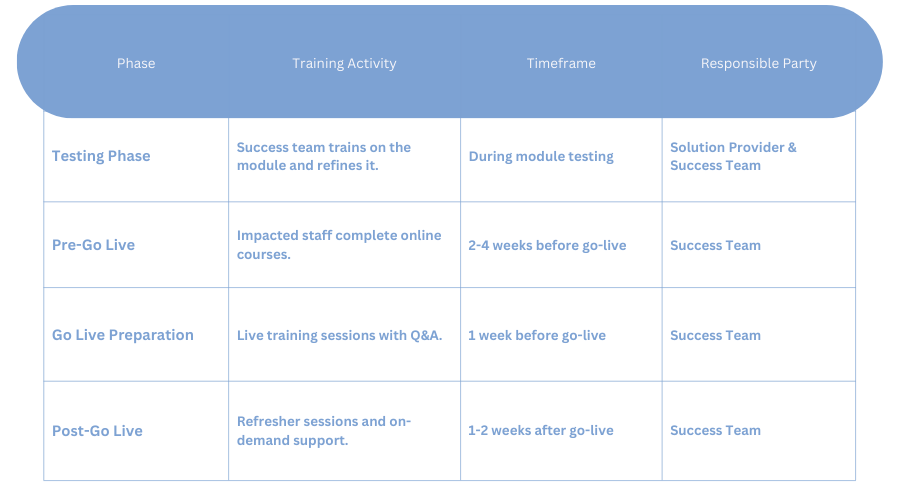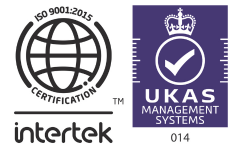Behaviour Plan for Effective Change Management
Implementing change within your business can be a challenging process, but with the right approach, you can ensure a smooth transition. A behaviour plan can be a valuable tool in helping employees adapt to new systems and processes. It provides structure, identifies potential resistance, and offers strategies to manage it effectively.















